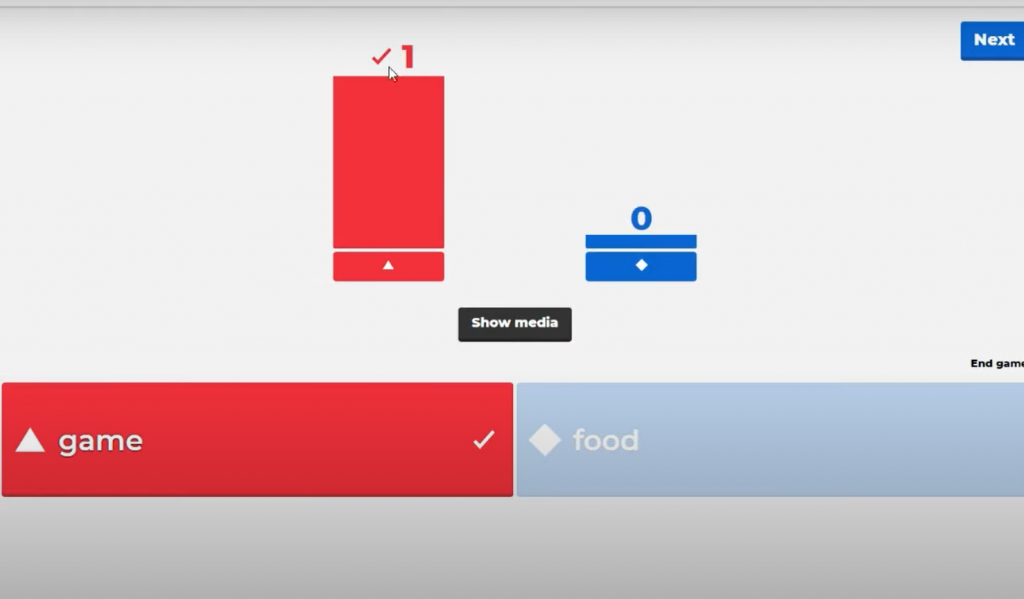Dominate Kahoot! With Bots: Tips & Tricks
Is Kahoot! still a fun learning game, or has it become a digital battleground? The rise of Kahoot! bots has transformed the landscape of this popular online quiz platform, raising questions about fair play, educational integrity, and the future of online learning games. From simple answer-guessing scripts to sophisticated AI-powered tools, the world of Kahoot! bots is complex and constantly evolving.
The allure of dominating a Kahoot! game is undeniable. For some, it's the thrill of topping the leaderboard, while others see it as a challenge to test their coding skills. The ease of access to botting tools, many readily available online, has fueled this digital arms race. The impact, however, extends beyond individual games. Educators who rely on Kahoot! for assessment are now facing a new challenge: ensuring the validity of their results. The presence of bots can skew scores, making it difficult to gauge student understanding and identify areas needing further instruction. This has prompted a search for solutions, from improved bot detection mechanisms to alternative assessment methods.
| Topic | Kahoot! Bots |
| Description | Automated programs designed to participate in and potentially manipulate Kahoot! games. |
| Functionality | Ranging from random answer selection to AI-powered correct answer generation. |
| Impact | Affects game integrity, educational assessment, and the overall Kahoot! experience. |
| Development | Created using various programming languages and libraries, often leveraging websockets for real-time interaction. |
| Mitigation | Requires ongoing development of bot detection and prevention strategies by Kahoot! and educators. |
| Further Information | Kahoot! Official Website |
The proliferation of Kahoot! bots has spurred a diverse ecosystem of tools, each with varying levels of sophistication. Simple bots, often created using Javascript or Python, flood games with randomly generated usernames and guess answers. These are relatively easy to detect due to their predictable behavior. More advanced bots utilize websockets to interact directly with the Kahoot! servers, mimicking genuine players. Some even integrate with AI platforms like OpenAI, enabling them to answer questions correctly with remarkable accuracy. The "Kahootinator" and "KahootGPT" are examples of such tools, promising users an effortless path to victory.
For those looking to enhance their Kahoot! experience without resorting to unfair tactics, numerous legitimate tools and strategies exist. Extensions like "EasyKahoot" claim to offer assistance by suggesting potential answers, helping players learn and improve their performance. However, the line between legitimate assistance and outright cheating can be blurry. The use of any tool that automates answers raises ethical questions, especially in educational settings. While some argue that these tools can be valuable learning aids, others view them as a shortcut that undermines the purpose of the game.
Beyond the individual user, the responsibility for maintaining a fair and educational Kahoot! environment falls on both the platform itself and educators. Kahoot! has implemented various measures to detect and mitigate bot activity, including monitoring for unusual player names, rapid answering speeds, and sudden influxes of participants. Teachers also play a vital role. By carefully structuring games, monitoring player activity, and fostering a culture of academic integrity, educators can minimize the disruptive impact of bots. Educators should also explore alternative assessment methods and engage students in discussions about ethical online behavior.
The battle against Kahoot! bots is an ongoing challenge. As bot developers become more sophisticated, so too must the countermeasures. Kahoot! is continually refining its detection algorithms and exploring new ways to ensure fair play. However, a comprehensive solution requires a multi-faceted approach. Educators, students, and the Kahoot! platform itself must work together to promote ethical gameplay and preserve the educational value of this popular online tool. The future of Kahoot! depends on it.
Building your own basic Kahoot! bot is surprisingly straightforward. Using Python and the 'kahoot.py' library, aspiring bot creators can develop simple scripts to join games and interact with the platform. Online tutorials provide step-by-step instructions, making it accessible even to those with limited coding experience. The customization options are extensive. Users can tweak settings like response time, accuracy, and even introduce random delays to make the bot's behavior appear more human-like. However, deploying these bots, especially in large numbers, can disrupt games and undermine the educational purpose of the platform.
The debate surrounding Kahoot! bots reflects a broader conversation about the role of technology in education and the challenges of maintaining academic integrity in a digital age. As online learning platforms become increasingly prevalent, so too will the temptation to utilize tools that offer an unfair advantage. The responsibility rests on all stakeholders developers, educators, and students to promote ethical practices and ensure that technology serves its intended purpose: to enhance learning and foster a spirit of fair competition. The Kahoot! bot phenomenon serves as a timely reminder of this ongoing challenge.



Detail Author:
- Name : Emil Zemlak
- Username : gutkowski.samir
- Email : yvonne53@gmail.com
- Birthdate : 1974-10-05
- Address : 5387 Laura Station North Beaulah, VA 19916-5200
- Phone : (847) 714-6533
- Company : King-Sipes
- Job : Nursing Aide
- Bio : Expedita ipsum qui veritatis fugit sunt amet. Voluptates qui sunt id. Repellat aut aperiam sed quod voluptas illo.
Socials
instagram:
- url : https://instagram.com/trudie_streich
- username : trudie_streich
- bio : Eius placeat occaecati tempora. Nisi est et omnis. Unde enim aut quisquam.
- followers : 6804
- following : 1593
twitter:
- url : https://twitter.com/streicht
- username : streicht
- bio : Id quidem corporis atque totam. Nihil nostrum consequatur soluta dolor commodi totam. Aut laborum ut ullam laboriosam.
- followers : 2160
- following : 27